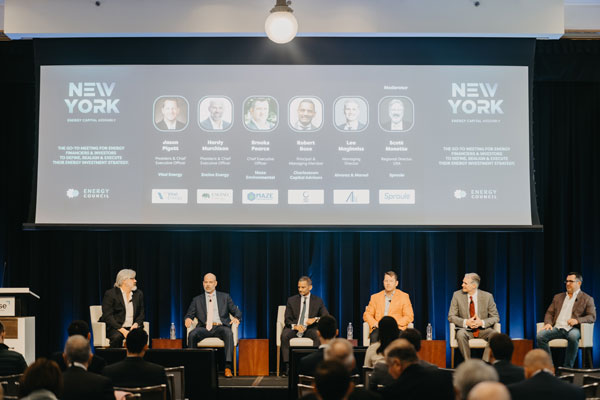Upstream Carbon Capture Not Solving the Problem
The upstream segment of the oil and gas industry is approaching the proverbial cliff when it comes to action on greenhouse gas emissions. Current thinking has locked the industry in a groupthink where the only meaningful progress is through leak detection and carbon capture. Unfortunately, mitigation and sequestration are not going to cut it. The EPA and DOJ are cracking down on emissions; therefore, penalties are only going to get more and more expensive as the methane tax kicks in next year.
The methane tax is estimated to cost producers between $850 million to $1.1 billion by 2026
Congressional Research Service
Upstream producers are going to have no choice but to pay the taxes and fines from their operating budgets, unless they start working to prevent them.
The largest offender of unchecked greenhouse gas emissions in the upstream industry is through flaring. One needs only to drive through the Permian basin in the evening to get a full-scale effect of the massive burn off that is dumping thousands of metric tons of CO2 into the atmosphere.
However, flaring is basically more than a safety feature. The upstream industry operates under the axiom of ‘flaring is better than venting’, where venting is the unchecked release of methane into the atmosphere.
‘We flare. We are already doing everything we can.’
What we see developed from that line of thinking are solutions to the wrong problems. Upstream producers are trying to capture those carbon emissions and use their energy in a last-ditch effort to recoup costs. Some producers are even going as far as using that gas to run bitcoin farms.
While the effort to reduce wasted energy is commendable, it comes at a considerable cost and very little ROI when the underlying problem exists.
But what if we could get rid of the problem altogether, eliminate flaring and in the process get an even higher ROI?
The technology exists.
Mitigation is not the answer. Sequestration is not the answer. Elimination is the only answer to the problem, and you can make more money with it.
Maze Environmental is an upstream oil and gas technology company focused on solving just this problem. Its founder, Brooks Pearce, emerged in the upstream business from pumper to CEO.
“I noticed every single company was doing something different while all doing the same thing. I started trying to create a system to standardize the upstream industry, and what I ended up with was a simple solution to the industry’s greenhouse gas waste and emissions.”
– Brooks Pearce

“I took a team of engineers, and we began designing a system to standardize the process,” says Brooks Pearce. “Our goal was not to use anything new. Everything we were going to design had to be familiar and work with existing systems. It was kind of like that scene from the movie Apollo 13 where NASA had to design a square filter for a round hole using nothing but what the Astronauts already had onboard.
“Using the same equipment, we started by simply changing the process, and that led to lower operating pressures, which then led to using different temperatures, and then to modifications in pipe flow. In this process, we began creating a system that swelled the oil. To me, as a businessman, this made the new process worth it,” Pearce continues.
“But the process we designed had another effect. With every change we made to standardize an industry, we saw a way we could revolutionize it. If our process worked, the designs showed there was a good chance we could end up coming out on the other side with zero emissions.
“And that’s when I knew we had something big. That’s when I founded Maze Environmental,” concludes Pearce.
The engineers at Maze Environmental began to test their designs in the field. Once initialized, it took about 8 hours for the tank emissions to drop. This came with a level of skepticism when field operators started to notice there was no flaring. Was the new system working or was it not? Something so “usual”, like flaring, was no longer happening because there was nothing to burn. The new system was working.
Maze Environmental ran the system at different facilities over the course of 11 months.
If your company likes making money and lowering emissions at the same time, you would be pleased. After installation and maintenance costs, increased oil swell revenue netted the client an additional $1.5 million in sales, while eliminating over 335,000 lbs. of carbon emissions.
“Eliminating those emissions is really what we are talking about, and it’s not just eliminating emissions. It’s providing the commercial market a return on investment for doing it,” said Brooks referring to the increased profit generated by the oil swell.
“This technology checks multiple boxes. If you are an upstream oil producer, what is your goal? In box one, you can use it to eliminate emissions. In box two, you can use it to make more money. In box three, you can use it to have safer facilities. In box four, you can use it to combat the upcoming methane tax.”
This is where all of this is going if the upstream industry doesn’t show action: government enforcement on restricting methane emissions. The EPA and DOJ have already issued millions of dollars of fines to producers this year. The new methane tax comes into effect in 2024, and it is expected to fine producers an estimated $1.1 billion by 2026.
The tax “will be assessed on all gas produced, including gas that is consumed or lost by venting, flaring or negligent releases during upstream operations.”
– International Energy Agency
Maze Environmental is a technology that is ready for implementation today that can offset a methane penalty.
So how does conversion work with production facilities?
“Remember, our original goal was to create a product that worked with existing systems,” said Brooks Pearce. “Obviously, every situation will be different, but it’s as simple as swapping out various vessels with Maze Environmental and running the new system as usual. There is a fear in the industry with the word ‘conversion’, as if the implication comes with massive costs associated with completely replacing facilities. We are simply replacing a few vessels and changing your pipe flow. Your installation and maintenance costs are offset by increased sales of oil swell, where you net a profit. Our technology will very quickly pay for itself from the oil swell alone,” explains Pearce.
It almost sounds too good to be true, but so did the engineers when they told Jim Lovell on Apollo 13, they solved their square filter problem with a sock and duct tape.
Maze Environmental is coming to the table with a solution to the underlying problems the upstream industry is facing with continued flaring. However, the industry right now is not really focused on not having emissions. Instead, it is primarily focused on preventing leaks and capturing those emissions for applications other than flaring.
“Getting natural gas out of the Permian Basin to market is the preferred solution of the industry, but the natural gas market has been marked by oversupply and low prices for years, and for many companies, the economic analysis does not favor a major change in current operations.”
The future of Big Oil flaring in the Permian Basin and the climate challenge
“So far, what we have seen is we are about two years ahead of the industry wanting this solution. That’s the downside,” said Pearce. “We are hoping the benefits and almost immediate ROI with this technology will be the entry we need to make a difference.
“Maze Environmental is a simple solution; it’s a really simple solution.”
————————————————————————-
MAZE Environmental is an upstream oil and gas technology company. MAZE Environmental reduces emissions and yields more oil in the tank. Through our products and technology, or with our consulting team’s extensive expertise with on-site emission reductions, our entire process works with your traditional operational system.
MAZE Environmental will be attending the 2023 ADIPEC Conference. Which is the world’s largest gathering of energy industry professionals, and a showcase of innovation and technology within the energy industry.
Quote Citations and Links
Congressional Research Service
The future of Big Oil flaring in the Permian Basin and the climate challenge

